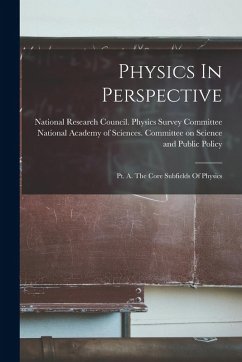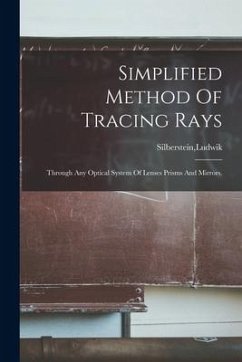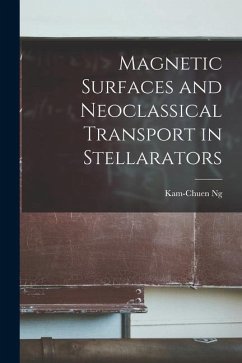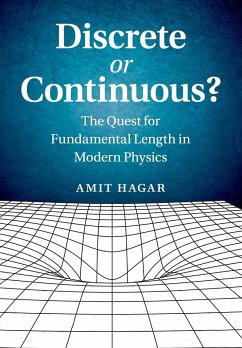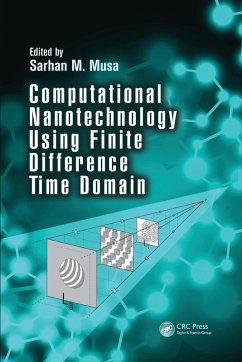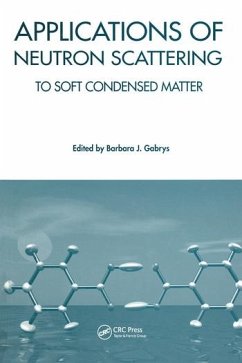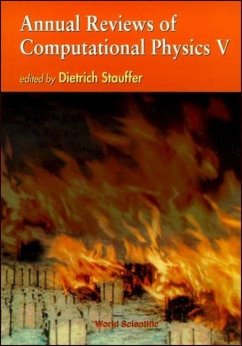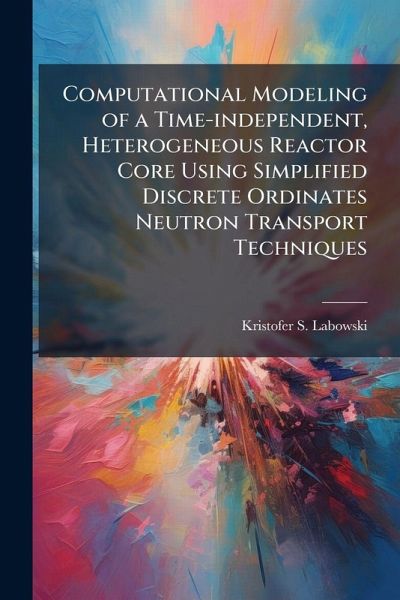
Computational Modeling of a Time-independent, Heterogeneous Reactor Core Using Simplified Discrete Ordinates Neutron Transport Techniques
Versandkostenfrei!
Versandfertig in über 4 Wochen
18,99 €
inkl. MwSt.
Weitere Ausgaben:

PAYBACK Punkte
9 °P sammeln!
A three-dimensional neutron transport based, heterogeneous reactor code (3D-TRAN) was developed to model simple uniform isotropic sources and isotropic fission sources. The code was developed using level symmetric angular quadrature sets and three spatial quadratures: the Diamond Difference (DD), Step, and Linear Characteristic (LC) methods. Each method was analyzed and compared for accuracy, rate of convergence, and stability. The LC method was found to be the most accurate method with a broader range of stability through heterogeneous absorbing regions than the DD method. The Step method alw...
A three-dimensional neutron transport based, heterogeneous reactor code (3D-TRAN) was developed to model simple uniform isotropic sources and isotropic fission sources. The code was developed using level symmetric angular quadrature sets and three spatial quadratures: the Diamond Difference (DD), Step, and Linear Characteristic (LC) methods. Each method was analyzed and compared for accuracy, rate of convergence, and stability. The LC method was found to be the most accurate method with a broader range of stability through heterogeneous absorbing regions than the DD method. The Step method always remains positive and stable, but converges very slowly to a specified answer in the limit as the mesh is refined. This work has been selected by scholars as being culturally important, and is part of the knowledge base of civilization as we know it. This work was reproduced from the original artifact, and remains as true to the original work as possible. Therefore, you will see the original copyright references, library stamps (as most of these works have been housed in our most important libraries around the world), and other notations in the work. This work is in the public domain in the United States of America, and possibly other nations. Within the United States, you may freely copy and distribute this work, as no entity (individual or corporate) has a copyright on the body of the work. As a reproduction of a historical artifact, this work may contain missing or blurred pages, poor pictures, errant marks, etc. Scholars believe, and we concur, that this work is important enough to be preserved, reproduced, and made generally available to the public. We appreciate your support of the preservation process, and thank you for being an important part of keeping this knowledge alive and relevant.



